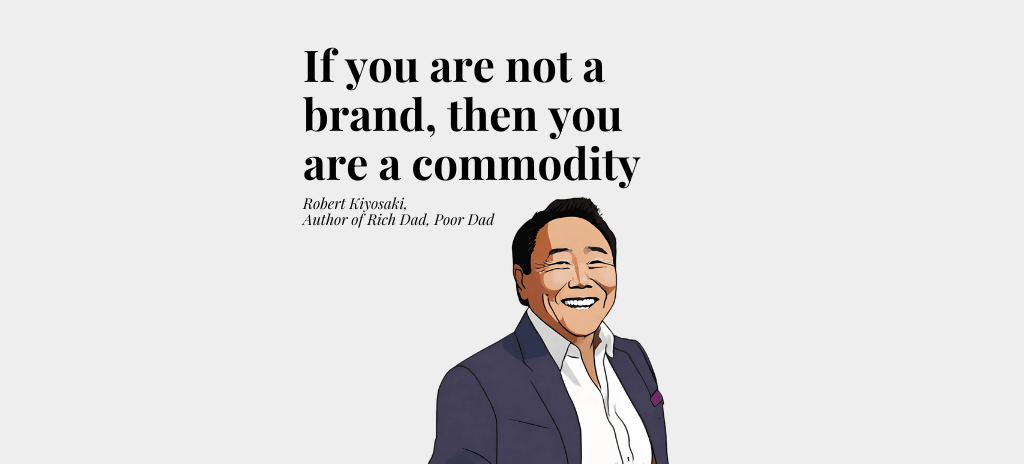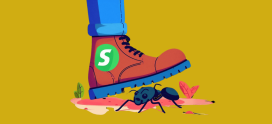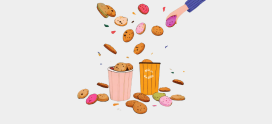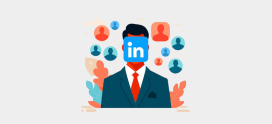
How did Robert Kiyosaki avoid becoming a commodity?
In 1996, Robert Kiyosaki was preparing his Cashflow game for final production, ready for commercial use, when he encountered a very serious business problem. The question was, how much would someone pay for that product?
The first problem he faced was that the product might look too much like a game for entertainment rather than education. Since the mission of his business is to raise the financial literacy of humanity, the purpose of the game is to teach, rather than amuse. He intended amusement to be just a side-effect of the educational game.
That was not the biggest of his problems.
He formed a focus group to find out how much the market would value Cashflow. The price they suggested ranged from $19.95 to $39.95. Unfortunately, due to the small production runs, the cost price of the game was $46, excluding shipping and development costs! Then he has to add up the fixed costs of doing business. To compound his cost problem, a consultant advised him that if he wanted to see his game selling at Walmart chains for $39, he would have to sell it to them for as low as $10 just to get it into a store. Other retail stores want at most $20.
In other words, Cashflow was seen as a commodity. There was no way his business could be profitable if that’s the case. Of all the problems, this one had him stumped. He couldn’t find the solution to this problem until one day he attended a marketing seminar. And a brainwave hit him. He realised that he was looking at the wrong people to sell the product—the low end.
The low end is where the commodities are. That’s also where the bargain hunters are. If you are in the service business, there is where you will be spending more time haggling about your fees than providing real value to your customers. If you move up to the middle end, you will still be competing on price—with the low end.
What happens if you compete on price? When you compete on price, you will spend more time fighting against declining margins than providing quality and value to your customers/clients. If you are in a service-oriented business, this will quickly translate to lower job satisfaction for both you and your staff.
If you are already competing on price, there are only 2 possibilities:
- You’ve run out of options and ideas and are left with nothing but a commodity.
- Your business has a competitive advantage through efficiency, economies of scale and technology.
In that case, you better find out which category your business belongs to. If you find yourself repeatedly writing a lower price tag, it is most likely to be the first one. The second one is quite difficult to implement. For Robert Kiyosaki, his product was perceived as a commodity and he couldn’t compete on price profitably.
So, how did he solve this intractable problem?
The only way out was to stop targeting the product at the low end, where the cheap customers were, and shift his attention to the high end where customers were willing to pay good price for quality and value. Instead of competing on price to be the cheapest game in town, he positioned it as the most expensive game in the world!
Now, stop here and think about it. Your first reaction may be to think that Robert Kiyosaki was heading for business suicide. If he can’t compete on price, then wouldn’t raising the price to that high be nuts?
That was where the genius of his brainwave came into play. Instead of targeting Cashflow as a game to the masses at Walmart or other retail stores, he targeted it as an educational tool for customers who value education. These customers belonged to the high-end. They value education so much that they are willing to pay thousands to attend seminars. Cashflow would be marketed as a seminar-in-a-box that cost only $200. From this perspective, Cashflow was no longer a commodity. It became a highly valuable educational tool for the more sophisticated.
But how was Robert Kiyosaki going to find such customers?
At that time, his business partner was working on the Rich Dad, Poor Dad book. So, their strategy was to shift the marketing focus from Cashflow to the book. The book would become the brochure to market Cashflow. It would help them find the customers for Cashflow.
At $200, the margin would be high enough for him to reinvest into growing his business. Many businesses remain small because they are trapped in a vicious cycle. If Robert Kiyosaki fought to compete on price, his margin would be squeezed and not be sufficiently large enough to pull him out of it and we will not hear of Rich Dad company today.
What lesson do you take out of this story? How do you apply it to your business?
|
|



